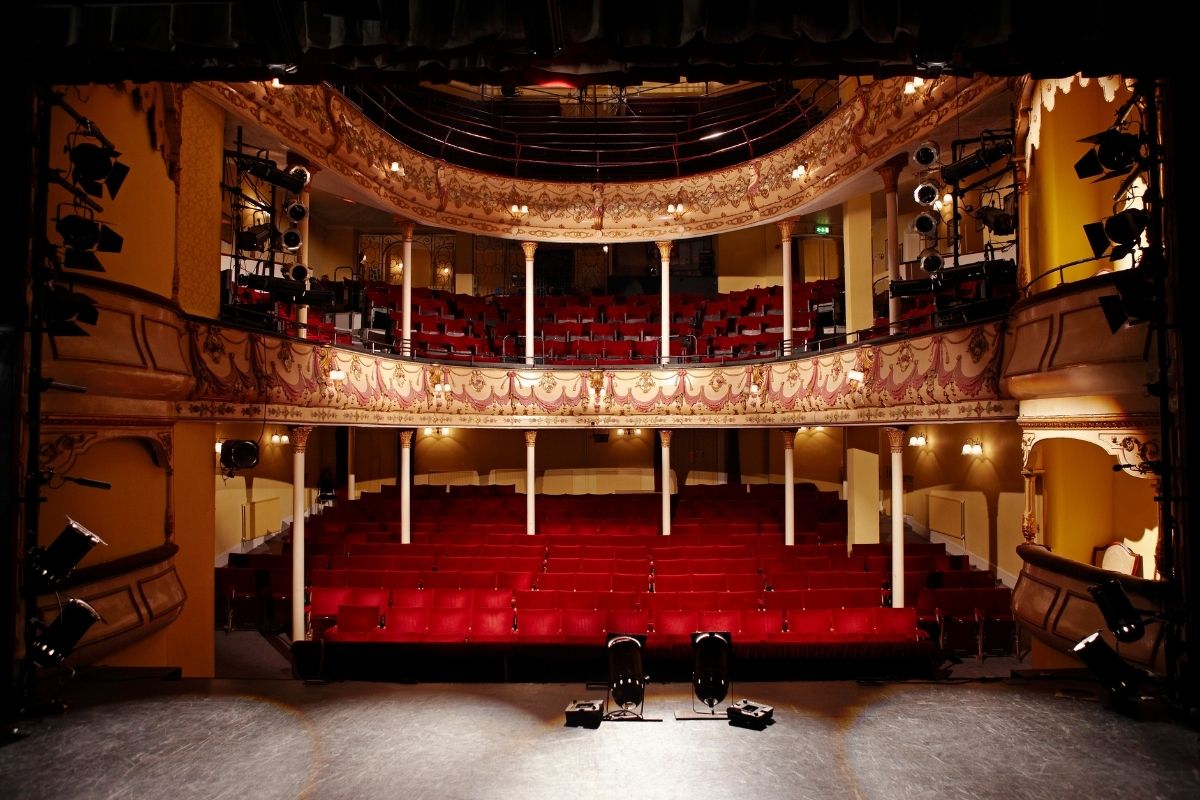Early Black Representation in the Performing Arts
The core of theater, going back to the Greeks, was to actually see yourself represented on stage. W.E.B. Du Bois said that Black theater should be theater that is written by us, by African-Americans, to be representative for us and to be shown near us.
Now’s the time to create a new representation of Blackness, a new look, and a new authentic appearance in the performing arts.
Performing arts education can help people understand Black theater history better by explaining why some performers did the types of shows they did.
Let’s go back to this idea of seeing yourself appearing on stage. If you were to read an issue of “The Crisis,” which was a magazine that was published by W.E.B. Du Bois, you would encounter stories of authentic Black life. Those stories would be presented on stage eventually, and not just by families by the fireside.
Slowly, over time, across the 1920s to the 1950s and so on, an Americanized version of theater emerged. We tend to imagine and pretend that Black theater came along in the 1960s, and that’s not true. Online performing arts education will hopefully start to dispel this false idea.
We had people in the 19th century like Bert Williams, who began as a blackface performer. He partnered with his friend, George Walker, and they went on stage with one in blackface and one not. They traveled across the vaudeville circuit and performed this way.
George Walker was the straight man to Bert Williams’ more comedic, stereotypical character. With the pairing of those two, they began to strip away the artifice and the mask that was blackface.
By the 20th century, the most heavily laden aspects of the blackface stereotype had gone away. You could begin to see the kind of comedy that was beneath it. That’s what Bert Williams did. He was the most popular performer in all of US theater, certainly in the first decade of the 1900s.
We had other actors who emerged, as well, like Charles Gilpin. Gilpin’s claim to fame was “The Emperor Jones,” which was a play by Eugene O’Neill. Charles Gilpin played the proud, confident character of Brutus Jones, a Chicago-born Pullman porter.
In the play, Jones moves to Haiti and becomes an emperor under somewhat corrupt circumstances. Later, he finds himself haunted and possessed by the spirits of the island.
That play was a Broadway hit for Gilpin, making him a star. George Walker also became a tremendously successful and well-known figure until he was replaced by a young up-and-coming actor by the name of Paul Robeson.
Paul Robeson started performing a national tour of the “The Emperor Jones.” Because of that, it seemed like his career catapulted. He did the film version of “The Emperor Jones” and went on to star in a number of other films. He went back and forth between the concert hall as a singer and Broadway as a performer. And he was there when the LA entertainment culture emerged.


